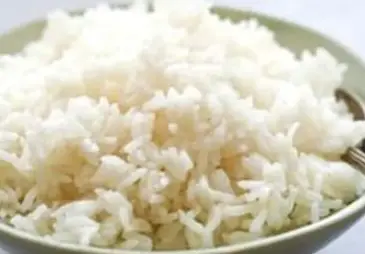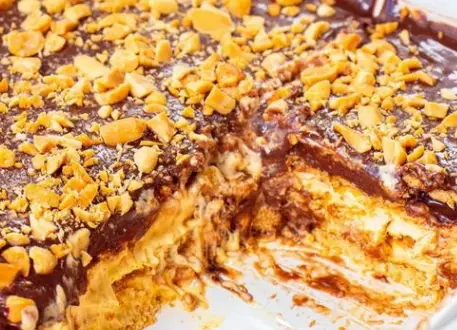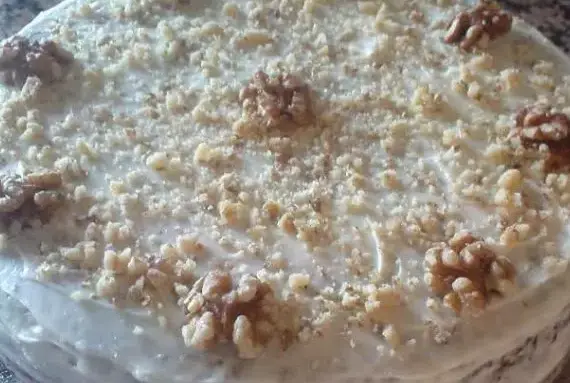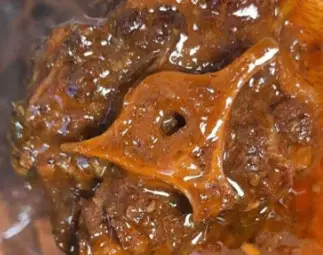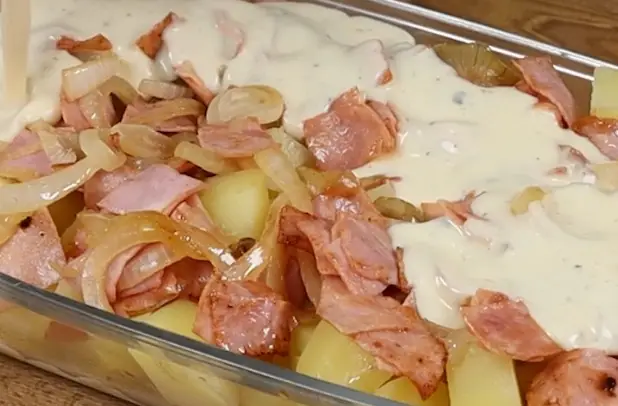Rice is a staple food in many cultures around the world, prized for its versatility, affordability, and comforting texture. Yet, despite its widespread popularity, cooking rice perfectly can sometimes be a challenge. From mushy grains to burnt bottoms, there are several common mistakes that home cooks often encounter when preparing rice. In this guide, we’ll explore these pitfalls and provide you with tips and techniques to help you achieve perfectly cooked rice every time.
Introduction
Cooking rice may seem straightforward, but achieving that ideal balance of fluffy, tender grains can sometimes be elusive. Whether you’re making a simple side dish or the base for a flavorful stir-fry, understanding common mistakes and how to avoid them is essential for mastering the art of rice cooking. In this guide, we’ll delve into the typical pitfalls encountered when cooking rice and provide you with expert tips to ensure success in the kitchen.
Ingredients:
- 1 cup of rice (any variety such as long-grain, medium-grain, or jasmine)
- Water (the ratio of water to rice varies depending on the type of rice, typically ranging from 1:1.5 to 1:2)
- Salt (optional, for seasoning)
Instructions:
Step 1: Rinse the Rice
Before cooking, rinse the rice under cold water to remove any excess starch. This helps prevent the rice from becoming overly sticky during cooking. Place the rice in a fine-mesh sieve or colander and rinse until the water runs clear.
Step 2: Measure the Water
Measure the appropriate amount of water for the type of rice you’re using. Different varieties of rice require different water-to-rice ratios, so be sure to check the package instructions or use a trusted recipe as a guide. As a general rule, long-grain rice typically requires a ratio of 1 part rice to 1.5 to 2 parts water.
Step 3: Add Salt (Optional)
If desired, add a pinch of salt to the water for seasoning. Salt helps enhance the flavor of the rice, but it is optional and can be omitted if you prefer.
Step 4: Cook the Rice
Transfer the rinsed rice to a saucepan or rice cooker and add the measured water. Bring the water to a boil over medium-high heat, then reduce the heat to low, cover the pot, and simmer gently until the rice is tender and the water is absorbed. Cooking times will vary depending on the type of rice, but typically range from 15 to 45 minutes.
Step 5: Fluff and Serve
Once the rice is cooked, remove it from the heat and let it sit, covered, for a few minutes to steam. Then, use a fork to fluff the rice gently, separating the grains. Serve the rice hot as a side dish or as the base for your favorite recipes.
Common Mistakes and How to Avoid Them:
Mistake 1: Using Incorrect Water-to-Rice Ratio
One of the most common mistakes when cooking rice is using the wrong ratio of water to rice. Too much water can result in soggy, overcooked rice, while too little water can lead to undercooked grains. Be sure to follow the recommended water-to-rice ratio for the type of rice you’re using and adjust as needed based on your personal preference for rice texture.
Mistake 2: Skipping the Rinse
Rinsing the rice before cooking is essential for removing excess starch, which can cause the rice to become overly sticky and clumpy when cooked. Skipping this step can result in a less-than-ideal texture, so be sure to take the time to rinse the rice thoroughly under cold water before cooking.
Mistake 3: Cooking Over Too High Heat
Cooking rice over too high heat can cause the water to evaporate too quickly, leaving the rice undercooked and unevenly cooked. It’s important to bring the water to a boil over medium-high heat, then reduce the heat to low to maintain a gentle simmer. This allows the rice to cook slowly and evenly, resulting in perfectly tender grains.
Mistake 4: Removing the Lid Too Soon
Once the rice is done cooking, it’s important to let it sit, covered, for a few minutes to steam. This allows the grains to absorb any remaining moisture and finish cooking evenly. Removing the lid too soon can disrupt this process and result in rice that is too wet or sticky.
Variations:
Brown Rice:
To cook brown rice, follow the same basic steps as for white rice but adjust the cooking time and water ratio as needed. Brown rice typically requires more water and a longer cooking time than white rice, so be sure to check the package instructions or use a trusted recipe as a guide.
Jasmine Rice:
Jasmine rice is known for its fragrant aroma and slightly sticky texture. To cook jasmine rice, use a water-to-rice ratio of 1:1.5 and follow the same basic cooking instructions as for white rice.
Keto and Low-Carb Versions:
For those following a keto or low-carb diet, rice can be substituted with cauliflower rice or broccoli rice. These vegetable-based alternatives provide a similar texture to rice while significantly reducing the carb content.
In conclusion, mastering the art of rice cooking requires attention to detail and an understanding of common mistakes to avoid. By following these tips and techniques, you can ensure that every batch of rice turns out perfectly fluffy and delicious. Whether you’re cooking white rice, brown rice, or jasmine rice, taking the time to rinse the grains, use the correct water-to-rice ratio, and cook over gentle heat will help you achieve consistent results every time. So, next time you’re in the kitchen, put these tips into practice and enjoy perfectly cooked rice with every meal!
Frequently Asked Questions (FAQs)
Q: Why is my rice mushy? A: Mushy rice is often the result of using too much water or cooking the rice over too high heat. Be sure to follow the recommended water-to-rice ratio and cook the rice over gentle heat to avoid this common issue.
Q: How can I prevent rice from sticking to the pot? A: To prevent rice from sticking to the pot, be sure to rinse the grains before cooking to remove excess starch. Additionally, using a non-stick pot or adding a splash of oil to the cooking water can help prevent sticking.
Q: Can I reheat cooked rice? A: Yes, cooked rice can be reheated in the microwave or on the stovetop. To prevent the rice from drying out, add a splash of water or broth before reheating and cover the dish with a damp paper towel or lid to trap moisture.
Q: How long does cooked rice last in the refrigerator? A: Cooked rice can be stored in the refrigerator for up to 4-6 days. Be sure to transfer the rice to an airtight container once it has cooled completely to prevent it from drying out or absorbing any odors from other foods in the fridge.
